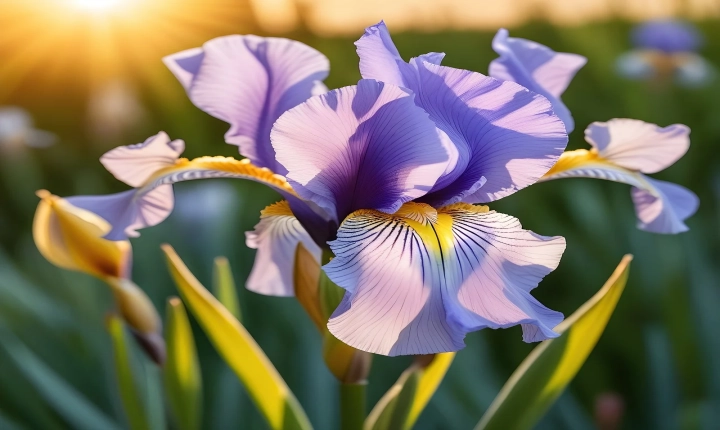Title: The Art of Generating Images with Artificial Intelligence
With the advancements in artificial intelligence (AI), the ability to generate images has reached an impressive level of sophistication. From creating artistic masterpieces to assisting designers and photographers, AI-generated images are becoming an integral part of many industries. In this article, we will explore the fascinating world of generating images using AI and the techniques that make it possible.
Generative Adversarial Networks (GANs) are at the forefront of the revolution in AI-generated images. GANs consist of two neural networks – the generator and the discriminator – that work in tandem to produce high-quality images. The generator creates images based on random noise, while the discriminator evaluates these images and provides feedback to the generator. Through this iterative process, GANs are able to produce images that are remarkably realistic and visually appealing.
One of the most remarkable applications of AI-generated images is in the field of deepfakes. Deepfakes involve using AI algorithms to superimpose one person’s face onto another person’s body in a video or image, creating a convincing illusion of the two being the same. While deepfakes have raised concerns about misinformation and privacy, they also showcase the incredible potential of AI to generate hyper-realistic images.
Another exciting application of AI-generated images is in the world of art and design. Artists and designers are using AI algorithms to create unique and innovative artwork, leveraging the computational power of AI to explore new aesthetic possibilities. AI-generated images are also being used in industries such as fashion and interior design, where they can help in generating design prototypes and visual representations of concepts.
Furthermore, AI-generated images are playing a crucial role in fields such as medical imaging and scientific visualization. AI algorithms can process large volumes of medical data to generate detailed images of internal organs and anatomical structures, aiding in the diagnosis and treatment of various medical conditions. In scientific research, AI-generated images are used to visualize complex data sets and simulations, providing insights that would be difficult to obtain through traditional methods.
The process of generating images with AI involves training the algorithms on vast amounts of data, which can include photographs, sketches, and other visual inputs. This training process enables the AI to learn the underlying patterns and features of the images, allowing it to generate new and original content. As the field of AI continues to evolve, the quality and diversity of AI-generated images are also expected to improve, opening up new possibilities in diverse fields.
However, it is important to acknowledge the ethical considerations surrounding AI-generated images, particularly in relation to issues like privacy, consent, and the potential misuse of the technology. As AI-generated images become more convincing and indistinguishable from real photographs, it is crucial to establish ethical guidelines and regulations to ensure responsible and ethical use of this technology.
In conclusion, the ability of AI to generate images represents a significant leap forward in the realm of creative expression, design, and visual communication. The potential applications of AI-generated images are vast and wide-ranging, with implications for fields as diverse as art, entertainment, healthcare, and scientific research. As AI continues to advance, so too will the capabilities of generating images, opening up new frontiers of creativity and innovation.
